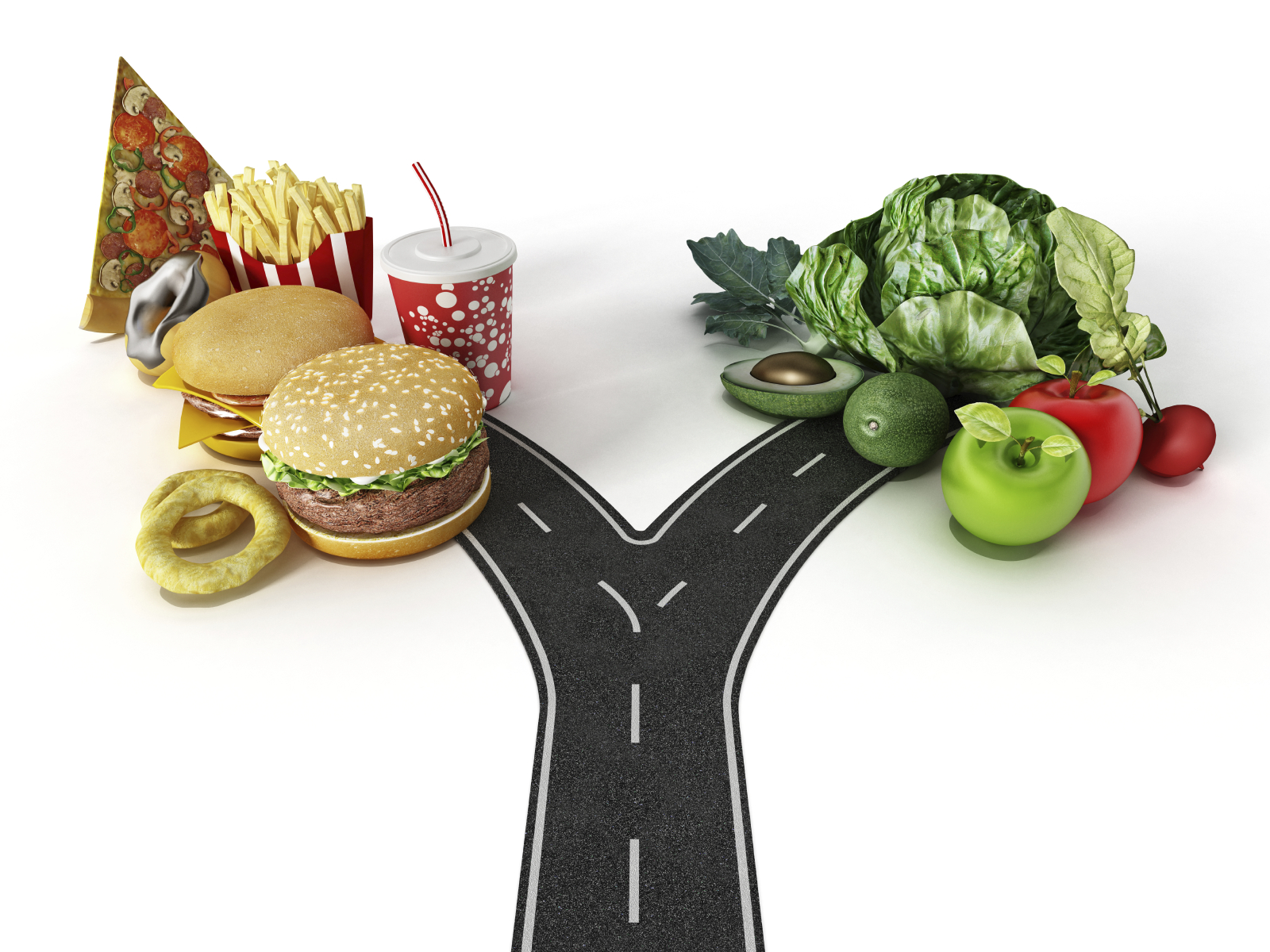
Reducing the portion sizes of foods available in restaurants and cafeterias is one promising approach to reducing energy intake, but there is little evidence of its impact from randomised studies in field settings. In this paper, we provide the results of a pilot trial estimating the potential impact of reducing portion sizes of targeted foods in worksite cafeterias. Feedback after the intervention suggested it was broadly acceptable to customers and cafeteria staff. Each of the six cafeterias showed a reduction in daily energy purchased from intervention categories, but the overall reduction across all sites of 8.9% was not statistically significant. The results of this trial suggest that reducing portion sizes could be effective in reducing energy purchased from targeted food categories, but also that future studies will need to address factors that prevented optimal implementation, including site dropout and only reducing portion sizes of a limited range of products.
Impact of reducing portion sizes in worksite cafeterias: a stepped wedge randomised controlled pilot trial. Hollands GJ, Cartwright E, Pilling M, Pechey R, Vasiljevic M, Jebb SA, Marteau TM, 2018
Access full text
 We examined the impact on food selection of the number of (i) healthier and (ii) less healthy snack foods available in an online study of 1,509 adults. Offering additional less healthy options was twice as likely to affect the foods selected than offering additional healthier options. This suggests that removing less healthy as opposed to adding healthier food options could have greater impact on encouraging healthier selections.
We examined the impact on food selection of the number of (i) healthier and (ii) less healthy snack foods available in an online study of 1,509 adults. Offering additional less healthy options was twice as likely to affect the foods selected than offering additional healthier options. This suggests that removing less healthy as opposed to adding healthier food options could have greater impact on encouraging healthier selections.

